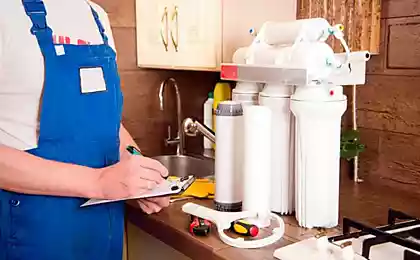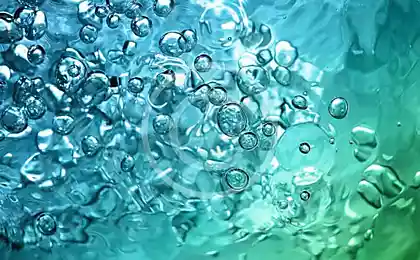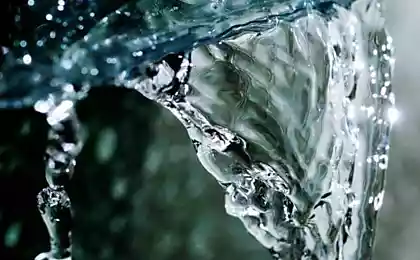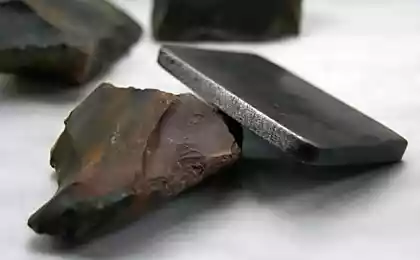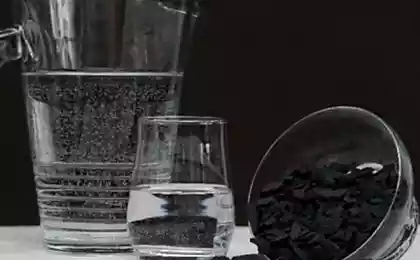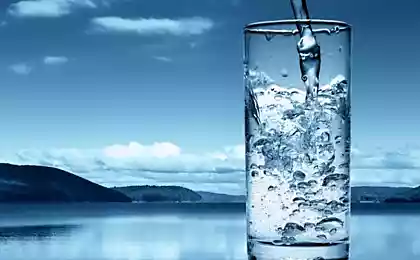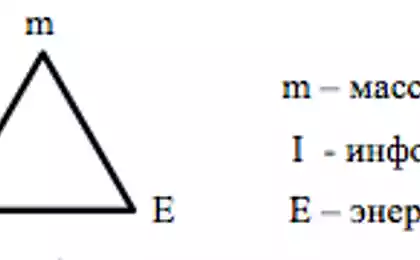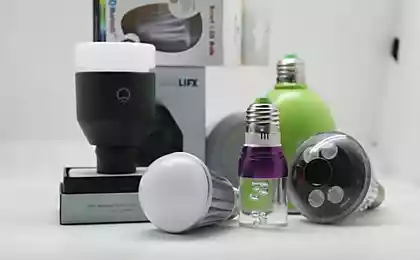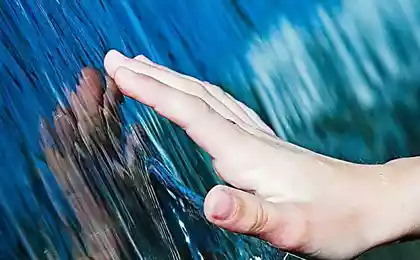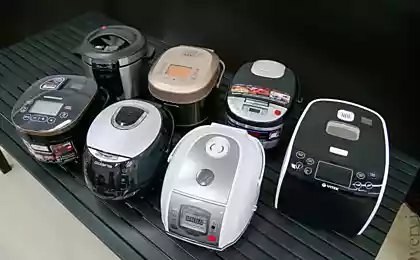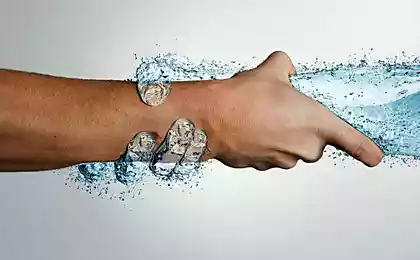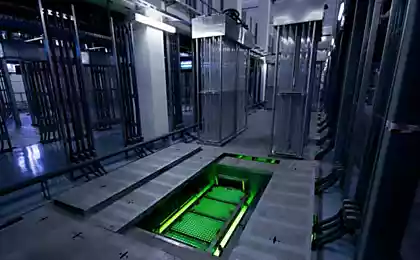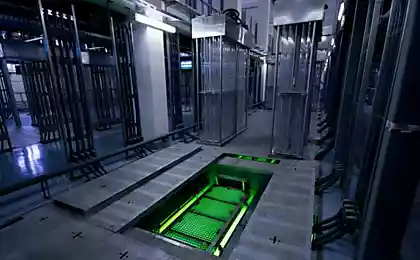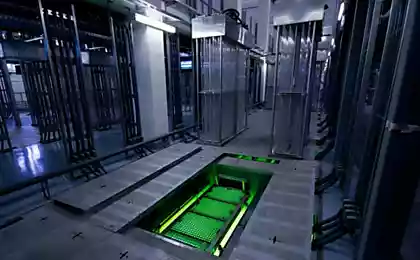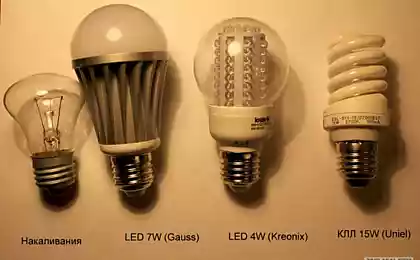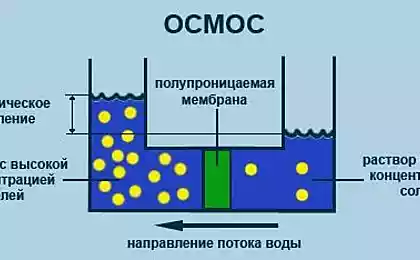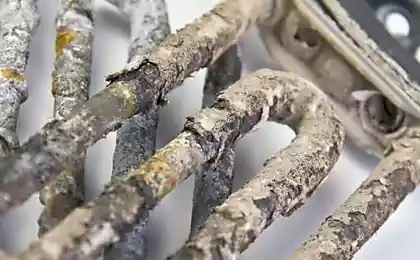487
Physical methods of disinfection of water — what you need to know
Physical methods of water disinfection is a very interesting and varied. And we start with the most famous and the most available method of water disinfection is boiling. Boiling used tens of thousands of years, and even now he also has not lost its relevance. So, if you're camping on the river, and you have no water you can just boil water from the river for a while, and most bacteria will come to an end.
This method has a drawback: it is difficult to determine when it's time to end to boil water. That is, when all is dead all of the bacteria. So, most bacteria are killed at temperatures above 50 degrees Celsius. Due to the fact that fold the proteins from which they are constituted. On the other hand, there are resistant to boiling bacteria.
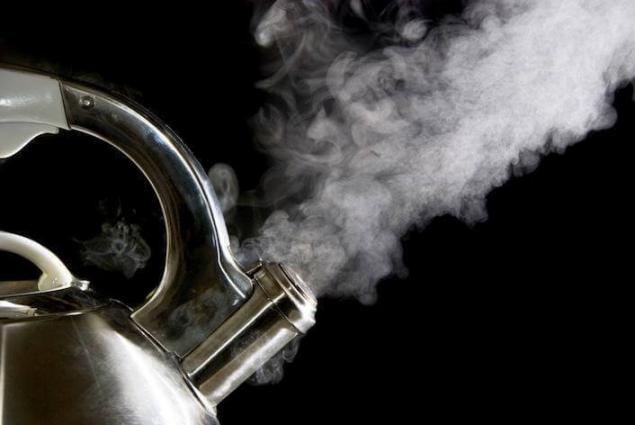
Plus, importantly, when boiling is not killing bacterial spores.
The spores of the bacteria is bacteria that has decided to wait very adverse conditions. To do this, they created a very thick and very durable shell for protection. To eat they naturally using it, so that in this condition the bacteria are dormant. However, once bacteria get into a favorable environment, as it relieves the protective shell and starts to develop.
Thick protective shell bacterial spores can withstand prolonged boiling, the effect of most antibacterial agents and even cold space. So, in this "sporyshom" condition on the land together with star dust regularly hit by extraterrestrial life forms — bacteria to form spores. There is a hypothesis that thus appeared on Earth life.
Another physical method of water disinfection — ultraviolet radiation. Ultraviolet radiation is a component of solar radiation. That is why in Ancient India people were obezzarajivatmi water, exposing it in large flat vats in the sun. Bacteria exposed to UV radiation died.
This method of combating microorganisms is more accurate than the boiling. So, there are special calculations on how much of each bacteria need radiation and what to do with her death (more precisely, under the influence of radiation destroyed cell proteins). It turns out that the most destructive to bacteria and parasites radiation with a wavelength of 264 nm (nanometers). The duration of exposure to the bacteria depends on the required speed of water purification.
Devices for ultraviolet disinfection of water is a special ultraviolet lamp. They represent the cylinders, in which the water flows, and where the UV lamp. Depending on the flow rate selected, the corresponding lamp.
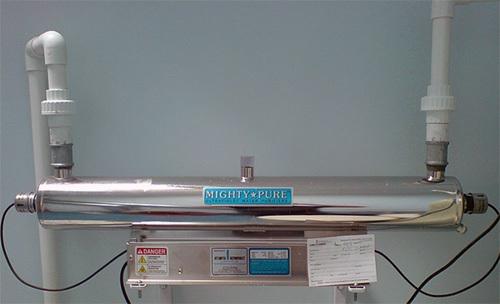
The ultraviolet lamp is a replacement element; it changes after a certain number of hours. Her work shows a special block that needs to go in the kit with the UV lamp. For most efficient operation UV sterilizer necessary to satisfy a number of conditions that apply to the composition of water.
So, the water should be completely transparent. If not, then the effectiveness of disinfection is reduced, since the bacteria are hiding from radiation in a shade which is discarded by foreign matter. And, accordingly, do not die. That is, it should be set at least a rough mechanical cleaning of the water. And better fine filtration of at least 5 micrometers.
For ultraviolet lamps is critical hard water. If the stiffness exceeds a certain value, then ultraviolet radiation will cause the active formation of scale on the lamp that will reduce the efficiency of disinfection. Because the lamp is covered with a coating, and the radiation passes. So, you need pre-softener water.
Also, the water should be free of iron and manganese (so often along with the necessary softening removal of iron and manganese from the water). The reasons are the same as for the hardness — iron and manganese constitute interference with hard ultraviolet radiation, making it softer and less effective.
Ultraviolet radiation almost does not affect bacterial spores and viruses. Why? Because it destroys surface protein structures. For live bacteria, and parasites that are destructive. And viruses bacteria and contention it makes no difference. Unless the radiation is so powerful that it destroyed the entire protective shell. But the equipment with a reserve is rarely used.
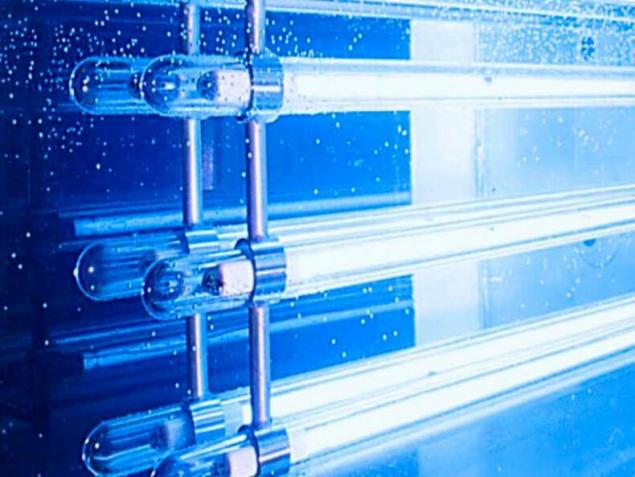
Thus, boiling is less reliable, but more versatile physical method of water disinfection, which are not particular to various conditions. While ultraviolet radiation is more reliable physical method of disinfection, whereas it is less versatile and requires more of water treatment.
Awesome about the proportions of the human bodyAbout the gifts of the sinister and strange
Thus, physical methods of water disinfection have certain limitations, though less dangerous than chemical disinfection.published
Author: Lion Dock
P. S. And remember, only by changing their consumption — together we change the world! © econet
Source: interesko.info/fizicheskie-metody-obezzarazhivaniya-vody/
This method has a drawback: it is difficult to determine when it's time to end to boil water. That is, when all is dead all of the bacteria. So, most bacteria are killed at temperatures above 50 degrees Celsius. Due to the fact that fold the proteins from which they are constituted. On the other hand, there are resistant to boiling bacteria.

Plus, importantly, when boiling is not killing bacterial spores.
The spores of the bacteria is bacteria that has decided to wait very adverse conditions. To do this, they created a very thick and very durable shell for protection. To eat they naturally using it, so that in this condition the bacteria are dormant. However, once bacteria get into a favorable environment, as it relieves the protective shell and starts to develop.
Thick protective shell bacterial spores can withstand prolonged boiling, the effect of most antibacterial agents and even cold space. So, in this "sporyshom" condition on the land together with star dust regularly hit by extraterrestrial life forms — bacteria to form spores. There is a hypothesis that thus appeared on Earth life.
Another physical method of water disinfection — ultraviolet radiation. Ultraviolet radiation is a component of solar radiation. That is why in Ancient India people were obezzarajivatmi water, exposing it in large flat vats in the sun. Bacteria exposed to UV radiation died.
This method of combating microorganisms is more accurate than the boiling. So, there are special calculations on how much of each bacteria need radiation and what to do with her death (more precisely, under the influence of radiation destroyed cell proteins). It turns out that the most destructive to bacteria and parasites radiation with a wavelength of 264 nm (nanometers). The duration of exposure to the bacteria depends on the required speed of water purification.
Devices for ultraviolet disinfection of water is a special ultraviolet lamp. They represent the cylinders, in which the water flows, and where the UV lamp. Depending on the flow rate selected, the corresponding lamp.

The ultraviolet lamp is a replacement element; it changes after a certain number of hours. Her work shows a special block that needs to go in the kit with the UV lamp. For most efficient operation UV sterilizer necessary to satisfy a number of conditions that apply to the composition of water.
So, the water should be completely transparent. If not, then the effectiveness of disinfection is reduced, since the bacteria are hiding from radiation in a shade which is discarded by foreign matter. And, accordingly, do not die. That is, it should be set at least a rough mechanical cleaning of the water. And better fine filtration of at least 5 micrometers.
For ultraviolet lamps is critical hard water. If the stiffness exceeds a certain value, then ultraviolet radiation will cause the active formation of scale on the lamp that will reduce the efficiency of disinfection. Because the lamp is covered with a coating, and the radiation passes. So, you need pre-softener water.
Also, the water should be free of iron and manganese (so often along with the necessary softening removal of iron and manganese from the water). The reasons are the same as for the hardness — iron and manganese constitute interference with hard ultraviolet radiation, making it softer and less effective.
Ultraviolet radiation almost does not affect bacterial spores and viruses. Why? Because it destroys surface protein structures. For live bacteria, and parasites that are destructive. And viruses bacteria and contention it makes no difference. Unless the radiation is so powerful that it destroyed the entire protective shell. But the equipment with a reserve is rarely used.

Thus, boiling is less reliable, but more versatile physical method of water disinfection, which are not particular to various conditions. While ultraviolet radiation is more reliable physical method of disinfection, whereas it is less versatile and requires more of water treatment.
Awesome about the proportions of the human bodyAbout the gifts of the sinister and strange
Thus, physical methods of water disinfection have certain limitations, though less dangerous than chemical disinfection.published
Author: Lion Dock
P. S. And remember, only by changing their consumption — together we change the world! © econet
Source: interesko.info/fizicheskie-metody-obezzarazhivaniya-vody/
